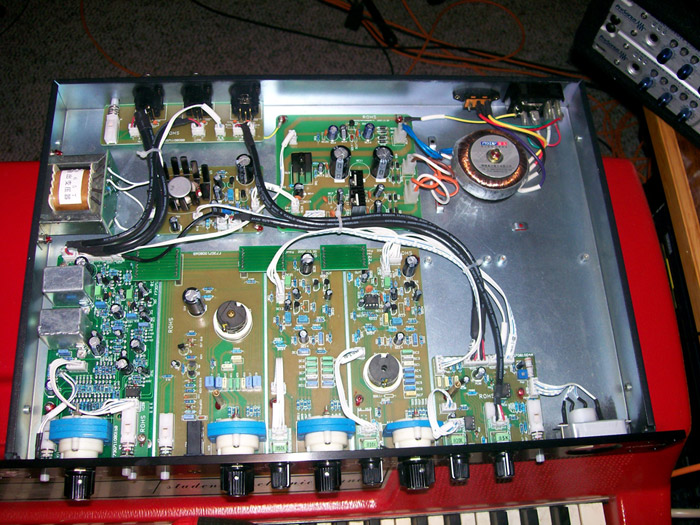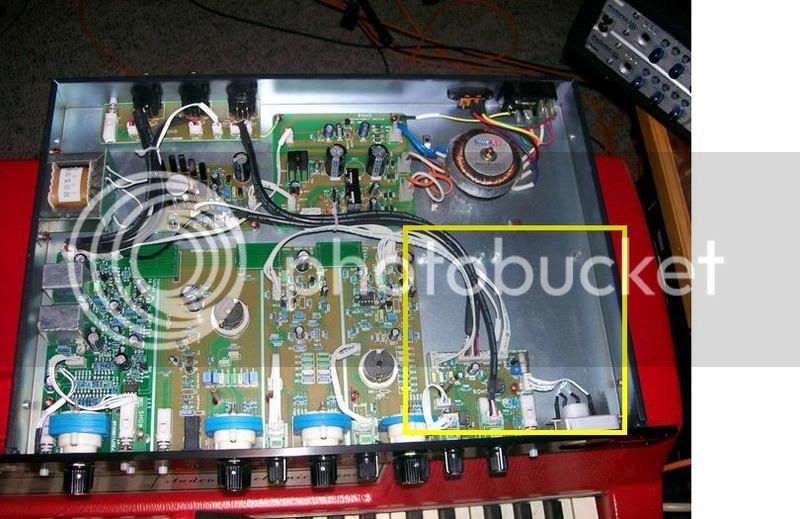clintrubber
Well-known member
maxwall said:By the way, the BC461,441 ( TO-5, 39 ) cans don't fit very nicely on the board since their bigger than the T0-92 types.
Its a tight sqeeze in some spots and the legs stand higher than I care for just to make room. In fact the legs should be close to the pcb board to prevent possible oscillation or EMI interference as I understand it.
I don't have them handy here to compare them to TO-39, but would using BD13x-16 (TO-126; say BD139-16 & BD140-16) help here maybe ? I expect these will be electrically close - most likely even the very same die, just different package.
These might need drilling the holes a bit because of their thicker leads, but I expect they can be mounted closer to the PCB-surface.
Bye,
Peter





































